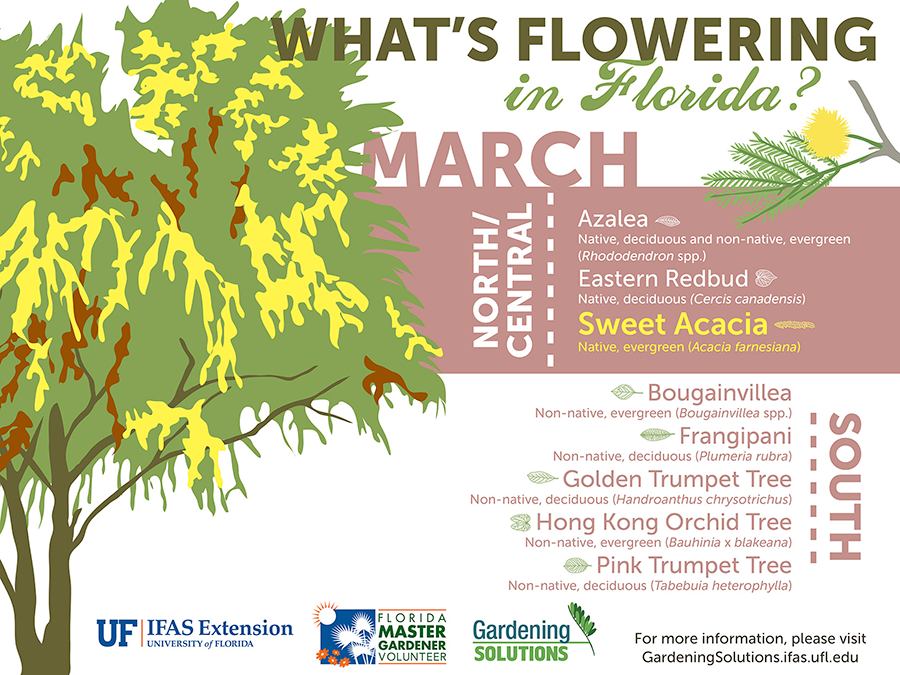The Influence Of Tree Removal On The Environment: Crucial Expertise For Your Factor To Consider
The Influence Of Tree Removal On The Environment: Crucial Expertise For Your Factor To Consider
Blog Article
Web Content Develop By-Costello Diaz
When it involves the environmental influence of tree elimination, there are crucial aspects that require your interest. From the complex internet of partnerships within environments to the subsequent effects on environment patterns, the consequences are extensive. You may be shocked to find the complex methods which the removal of trees can reverberate throughout the atmosphere. Stay tuned to untangle the detailed connections and implications of this relatively uncomplicated act.
Logging and Habitat Loss
Logging and habitat loss are vital issues coming from tree removal. When trees are lowered, it disrupts whole ecological communities. Not just are the trees themselves lost, yet the homes and food sources of plenty of plant and animal varieties are destroyed too. Birds shed their nesting websites, animals shed their shelter, and pests shed their environments. The effects ripple through the food chain, influencing killers and prey alike.
Furthermore, logging adds to environment adjustment. Trees play an essential function in soaking up co2, a greenhouse gas that catches heat in the ambience. With fewer trees, there's much less co2 absorption, resulting in raised levels of this gas in the atmosphere and intensifying global warming.
Habitat loss is a direct result of logging, as the devastation of woodlands means the loss of unique and varied ecosystems. Several species are unable to adapt to quick modifications in their setting, causing populace declines and, sometimes, termination.
Protecting a knockout post is vital to preserving the delicate equilibrium of nature and making sure the survival of countless plant and animal species.
Influence on Biodiversity
The removal of trees has a considerable effect on biodiversity, influencing the range and wealth of plant and animal species in an area. Trees give environment and food resources for countless microorganisms, from bugs to birds to mammals. When trees are gotten rid of, these species lose their homes and resources of food, leading to a decline in their populations. This interruption can have plunging results on the entire environment.
Additionally, trees play a crucial function in preserving biodiversity by producing microhabitats within their covers, trunks, and origins that sustain a wide variety of species. When trees are lowered, these specialized settings are destroyed, minimizing the general diversity of the area.
Additionally, the removal of trees can cause a reduction in genetic diversity within plant populations, as specific tree types may no longer have the ability to duplicate or spread effectively. Protecting trees and woodlands is important for preserving biodiversity and making sure the health and wellness of ecological communities for future generations.
Soil Disintegration and Environment Change
With trees being eliminated from a location, the disturbance of soil structure and stability occurs, leading to boosted dirt erosion. Trees play an important role in stopping erosion by holding dirt in position with their root systems. When trees are removed, especially in lots, the soil comes to be more prone to erosion from wind and water. This disintegration not only affects the immediate environments yet can also cause sedimentation in close-by water bodies, influencing water top quality and marine communities.
Moreover, trees help regulate the environment by absorbing carbon dioxide throughout photosynthesis. When trees are cut down, this natural carbon sink is reduced, adding to boosted degrees of greenhouse gases in the atmosphere. This can aggravate climate change, bring about more extreme weather events and disturbances in ecological communities worldwide.
Consequently, the elimination of trees not just speeds up dirt disintegration however likewise contributes in the bigger ecological issue of climate adjustment. It's vital to take into consideration these factors when analyzing the influences of tree removal on the setting.
Final thought
Since you understand the ecological impact of tree removal, take into consideration the repercussions before lowering trees. Logging interferes with ecological communities, lowers biodiversity, and adds to dirt erosion and environment modification. By bearing in mind the impact of tree elimination, you can assist protect our environment and maintain the fragile balance of nature. Make educated choices and think about alternative services to minimize the negative impacts on our earth.
